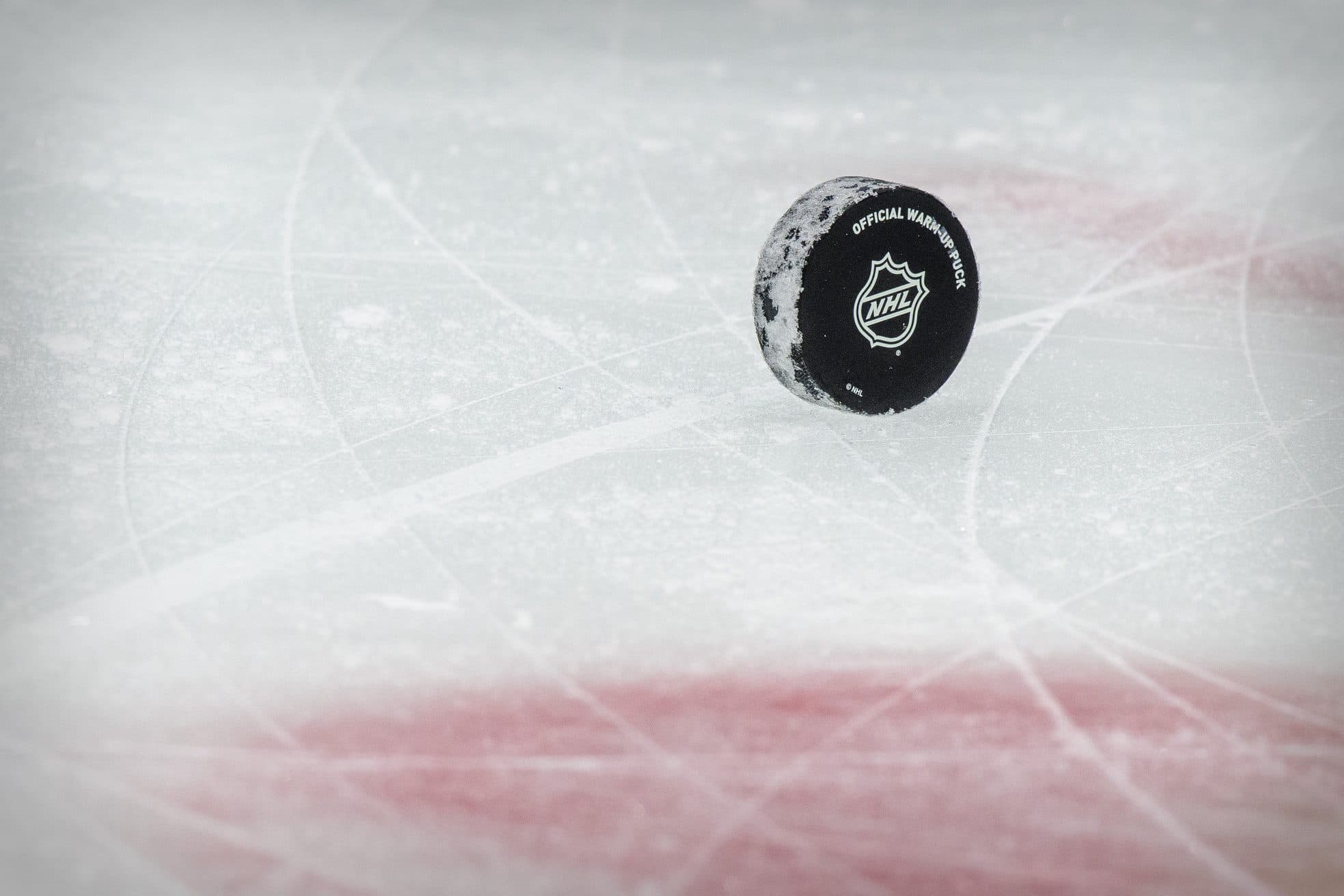Changes in newly published NHL/NHLPA CBA include no double salary retention, minimum salary increase and more

There are some notable adjustments in the new collective bargaining agreement.
Earlier this week, the National Hockey League and NHL Players’ Association officially ratified a four-year CBA that will begin with the 2026-27 season and carry through the 2029-30 campaign.
Among the changes, like an 84-game regular season, shortened preseason and the institution of a playoff salary cap, there were a few interesting things added in the Memorandum of Understanding, which was released to the public on Friday.
NHL/NHLPA Memorandum of Understanding. https://t.co/G3wOXe93SX pic.twitter.com/4wZJL7i5Gb
— NHL Public Relations (@NHLPR) July 11, 2025One of the big changes in the CBA is the fact that teams can no longer have double retention on salaries within a 75-day period. Meaning, if a player is traded to one team, with salary being retained by one team, the moved player cannot have more salary retained if traded again within 75 days of the first deal. Those days only count during the regular season, so that timeline could stretch to multiple seasons.
Another benefit for some lower-level players is that the minimum salary will increase in a couple of years. Starting in 2026, the league minimum will rise to $850,000, and will be up to $1 million by the 2029-30 season.
Following the trade deadline, the limit on the number of player recalls a team can make, non-emergency, is increased from four to five players, including up to four at once.
Speaking of movement from the NHL to the American Hockey League, if a player is assigned to an AHL team, they must report for at least one day. That means players can no longer be “sent down” to the minors and get recalled shortly thereafter, eliminating the possibility of “paper moves” for salary cap compliance.
For European players, those who signed at age 25 or older do not follow the entry-level system, meaning they can sign a standard contract beyond the ELC compensation and length limits.
With the new rules allowing major junior players to play NCAA Division I hockey, the draft rights rules have changed. Regardless of whether a player is drafted out of the Canadian Hockey League, junior or college ranks, the drafting team holds that player’s negotiating rights through June 1st, the fourth following his selection in the draft, if drafted at the age of 18.
If the draftee is 19 years old, or older, that timeline is shortened to the third June 1st.
RE: Drafting Rights: https://t.co/OSOwgzKFeI pic.twitter.com/cyTFG1aTit
— Dave Hall (@davehall1289) July 11, 2025On top of that, if a player is drafted and elects to play college later on, their negotiating rights with the drafting team are extended through the 30th day after the player or their representative notifies NHL Central Registry that the aforementioned player is done playing college hockey.